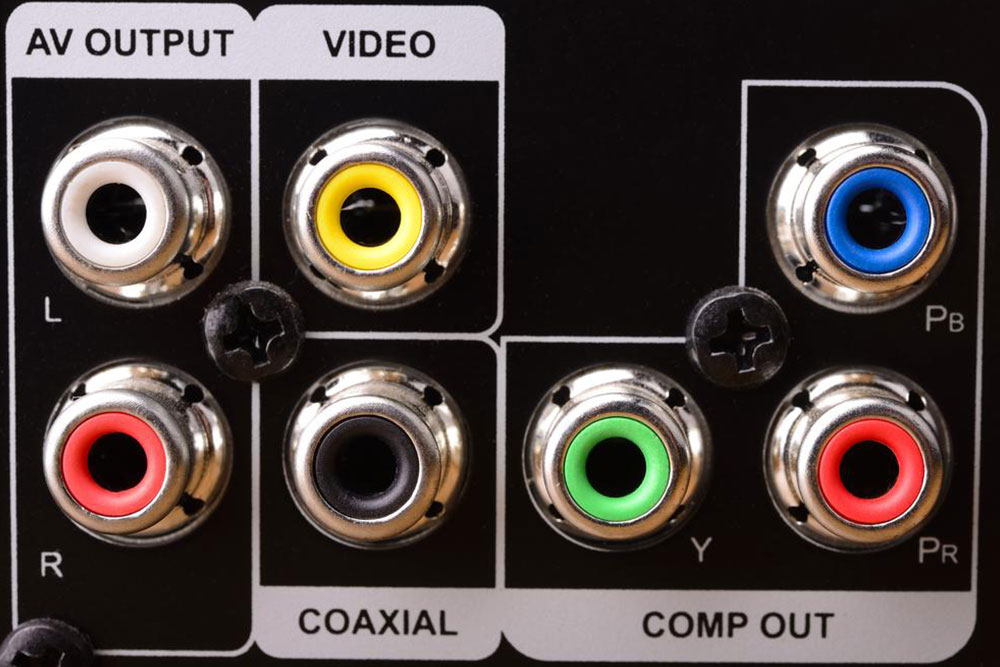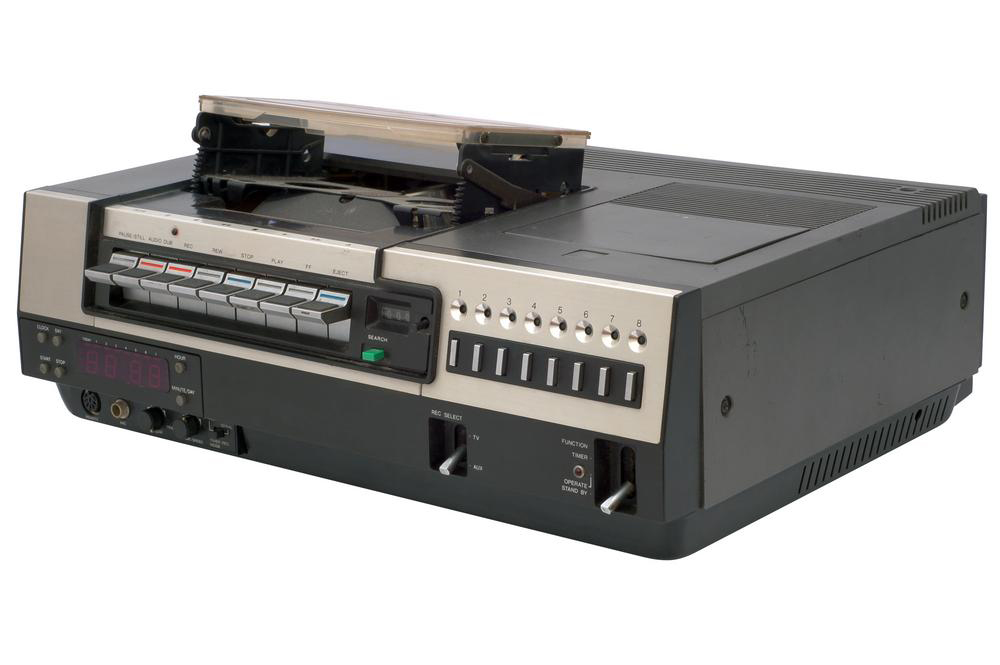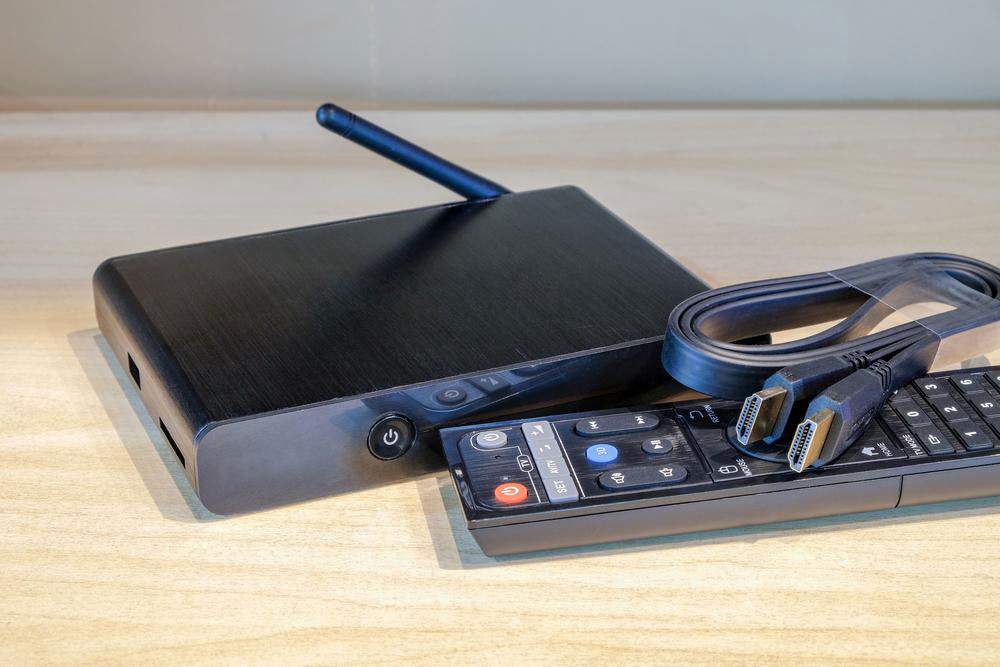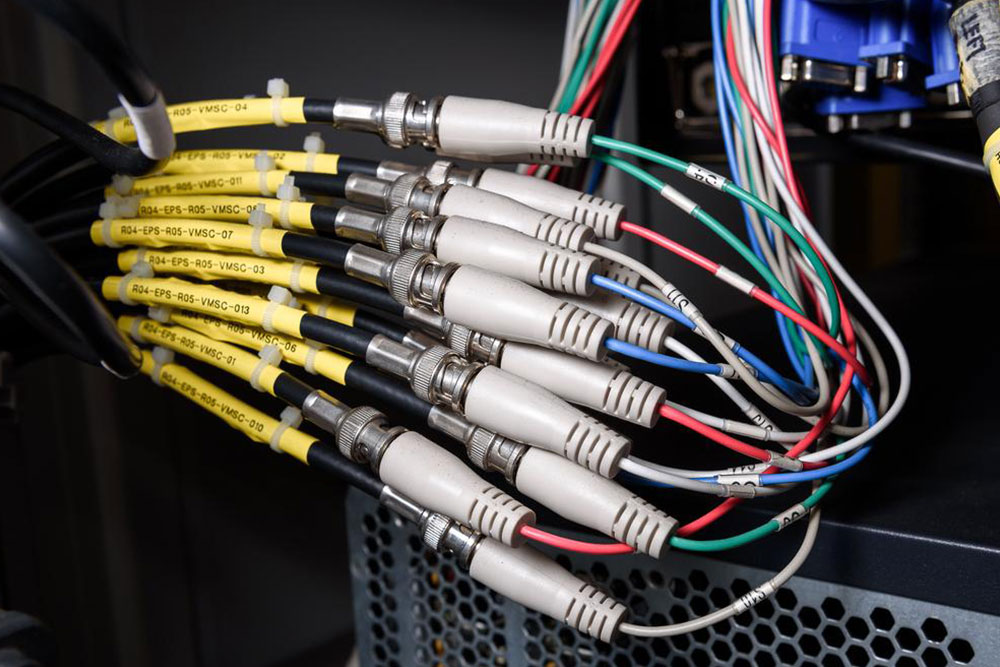Comprehensive Guide to Investing in TV Video Conversion Devices for Enhanced Media Playback
This comprehensive guide explores the importance of investing in TV video conversion devices, highlighting their benefits for media preservation, enhanced viewing, and professional content creation. Learn how these devices work and key factors to consider when choosing the right converter for your needs, ensuring crisp, high-quality playback across all your devices.

Comprehensive Guide to Investing in TV Video Conversion Devices for Enhanced Media Playback
In today’s digital age, the ability to seamlessly convert and display various video formats on modern screens is increasingly important for both entertainment enthusiasts and professionals alike. TV video conversion devices have become essential tools that bridge the gap between outdated media formats and current high-definition display technologies. Whether you’re looking to digitize old VHS tapes, convert vintage gaming media, or enhance the quality of archived footage, investing in the right TV video converter can significantly improve your media experience. This comprehensive guide will explore the various reasons why investing in quality TV video conversion devices is a smart choice, how these devices work, and what factors to consider when choosing the right converter for your needs.
### Why Should You Invest in TV Video Conversion Devices?
There are numerous compelling reasons to consider investing in a reliable TV video converter. The primary benefit is the ability to preserve and enjoy old media formats on modern high-definition televisions. Old media formats such as VHS tapes, Betamax, LaserDiscs, and even vintage gaming cartridges contain irreplaceable memories and classic content that many wish to revisit. However, these formats often require specialized playback equipment that lacks compatibility with current TV standards.
TV video converters facilitate the transition from analog or outdated digital formats to contemporary digital outputs, such as HDMI, allowing for crisp, clear viewing on HDTVs, 4K displays, and even smart TVs. This capability not only revitalizes old media collections but also ensures compatibility with current home entertainment setups. Besides media preservation, these devices also serve professional purposes, including content digitization for archival, education, and media production sectors.
Replacing or repairing old playback equipment can be expensive and impractical. Instead, using a TV video converter provides a cost-effective solution that requires minimal technical knowledge—making it accessible for everyday users and professionals alike. Moreover, many converters come with user-friendly interfaces and straightforward setup procedures, reducing the barrier to digital conversion for non-technical users.
Another significant advantage is the enhancement of video quality. While some older media are inherently low-resolution, modern converters can upscale or process signals to maximize visual output, reducing noise, and improving clarity. This means you can enjoy vintage media in near-modern quality, elevating your viewing experience significantly.
Furthermore, these devices enable live conversion during playback, which is particularly useful for content creators and gamers who want to capture or broadcast their gameplay or vintage recordings. By integrating with streaming platforms, converters open up new possibilities for hobbyists and professionals, turning nostalgic media into fresh, shareable content.
### How Do TV Video Conversion Devices Work?
Understanding the functionality of these devices helps in selecting the right product for your specific needs. TV video converters essentially decode analog or digital inputs into digital outputs that are compatible with modern TV standards. Most commonly, they convert AV signals (composite, component, S-video) into HDMI signals, which are then transmitted directly to your TV or monitor.
These devices need to process the incoming signals efficiently to prevent interruptions or degradation in quality. High-quality converters are equipped with advanced decoding chips that ensure accurate signal transmission, color fidelity, and minimal lag. Proper routing and connection are crucial; loose or incompatible cables can cause reduced image sharpness, artifacts, or audio issues.
The build quality of the converter also plays a vital role. Durable housings and high-grade internal components safeguard against signal loss and interference. The output quality heavily depends on the converter’s specifications, making it essential to choose models that support the resolution and audio standards you require.
A key feature to consider is resolution support. For example, a converter that records or outputs in 720p will not display true 1080p resolution unless it supports higher standards. Therefore, check the specifications carefully, especially if you aim to enjoy media in Full HD or 4K quality.
Power sources vary among devices. Some operate via standard electrical outlets, while others are powered through USB ports or batteries—this flexibility is useful for portable setups or limited power environments. Lag time or latency also varies; high-grade converters aim for near-zero delay, which is critical for live streaming, gaming, or real-time video capture. Choosing a device with minimal latency ensures that your media remains synchronized and smooth during playback or recording.
### Factors to Consider Before Purchasing a TV Video Converter
When selecting a TV video converter, it’s important to assess your specific needs and consider the following factors:
**Compatibility:** Ensure the converter supports your input devices (VHS, Betamax, gaming consoles, etc.) and outputs the desired resolution (720p, 1080p, 4K).
**Build Quality:** Opt for models with robust construction and quality internal components to ensure durability and consistent performance.
**Ease of Use:** Look for user-friendly interfaces and straightforward setup procedures, especially if you’re not technically inclined.
**Power Options:** Consider the power supply method and portability—some converters offer USB power, others require standard outlets.
**Lag Time:** For real-time applications like gaming or live streaming, select a converter with low latency capabilities.
**Additional Features:** Some converters come with built-in upscaling, noise reduction, or audio enhancement features—these can significantly improve your viewing experience.
### The Future of TV Video Conversion Technology
As technology continues to evolve, TV video conversion devices are becoming more sophisticated, supporting higher resolutions, better color processing, and more versatile input standards. The integration of AI-powered upscaling and noise reduction promises to further enhance vintage media playback, making old recordings look remarkably modern.
Moreover, the advent of portable and wireless conversion solutions is making it easier than ever to digitize and enjoy media anywhere, without cumbersome wiring or bulky equipment. As streaming and smart TV technologies expand, the demand for efficient, high-quality conversion devices will only grow, encouraging innovation in this space.
### Final Thoughts
Investing in a high-quality TV video converter is a wise decision for anyone looking to preserve, enhance, or enjoy their vintage media collections on modern screens. With a broad range of options available, understanding the key features and factors for selection ensures you make an informed purchase. Not only can these devices transform your viewing experience by revitalizing old media, but they also open doors for content creation, archiving, and sharing with a broader audience. Whether for personal nostalgia or professional purposes, selecting the right converter provides lasting value and entertainment satisfaction.




